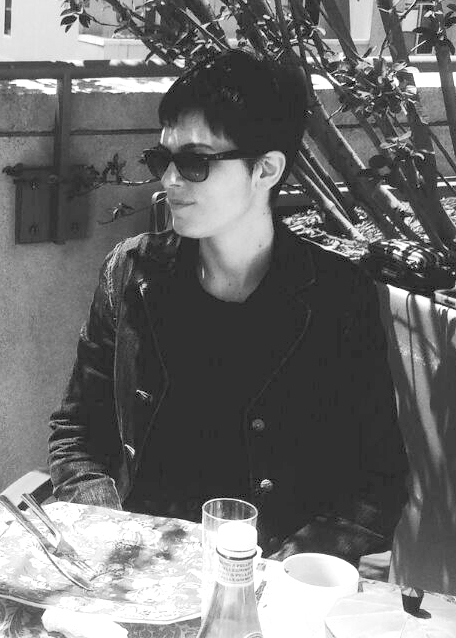Teaching Innovations at Vanderbilt: Daniela D’Eugenio and Selective Technology Use
By Faith Rovenolt, CFT undergraduate intern

Personal technological devices, such as phones and laptops, are ubiquitous in society as well as the classroom. Their use is banned outright by some professors and encouraged by others, but just as outside of the classroom, the exact role and extent they should be used is still being explored. Dr. Daniela D’Eugenio, a Senior Lecturer in the Department of French and Italian, may have found a balance. She uses her innovative and selective policies for students’ use of technology to maximize their learning.
Nowhere in D’Eugenio’s syllabi does she ban phones or laptops. In fact, her syllabi specifically mention students will need a device capable of recording their voice, such as a phone. This is because, rather than just have students conduct a monologue or dialogue in front of her, she’ll have them record and then send them to her. D’Eugenio developed this technique out of necessity when teaching at a large university in which she couldn’t get to each student during a single class. Now here at Vanderbilt, D’Eugenio still finds that this use of technology benefits students’ learning.
D’Eugenio has found that recording with a phone makes students more comfortable. It turns a nervous recitation in front of a professor into a more conversational, student-driven activity that could also be done in a non-academic context. It makes the process of learning another language less intimidating and encourages student agency as well as self-review, because they have a record of their performance. Additionally, it spawns problem-solving because any knowledge gap or miscommunication must be worked through without D’Eugenio directly supervising.
Other forms of selective technology use in D’Eugenio’s classrooms include Top Hat and interactive Google docs that the class can access to guide activities or accompany videos watched in class. For example, she uses hypertext and video to help students understand a text that teaches them about Italian fashion and reflexive verbs. The technology here allows students who are just beginning their second semester of Italian to understand text that would otherwise be beyond their grasp.
However, when not explicitly instructed to use a personal device, students must stow them away. D’Eugenio then keeps non-academic use of such devices to a minimum by having no passive time in class. Also, when one group of students finishes a task early, she often has them help other groups to keep them from being distracted and reverting to casually scrolling through social media. D’Eugenio sometimes also explicitly acknowledges when a student uses their phone in class when they shouldn’t, but tries to do it in a congenial, humorous way that invites students to rejoin the conversation.
D’Eugenio knows that students have grown up with technology, surrounded by and comfortable with it, so it should be used to students’ and instructors’ benefit. Her techniques are especially suited for a language course, but her underlying principles could guide the selective and effective use of technology in other subject areas. D’Eugenio believes that technology use should always be meaningful and structured. In addition, she notes that the way we use technology outside the classroom is often collaborative, connecting people and facilitating communication. Incorporating technology for the same purposes in classrooms makes it a familiar and highly effective tool.
D’Eugenio is keenly aware of how the digital age is impacting student learning. For example, she must now carefully structure composition assignments to discourage the use of Google Translate. Students have internet access at the tips of the fingers, and the impact of digital devices is unlikely to diminish anytime soon. Aware of this reality, D’Eugenio embraces technology’s potential in our lives and in her classroom’s.
For more ideas about selective technology use in the classroom, check out the CFT’s Leading Lines Ed Tech podcast, CFT Director Derek Bruff’s upcoming book, Intentional Technology, and our CFT quick-start guide to Top Hat.

Leave a Response